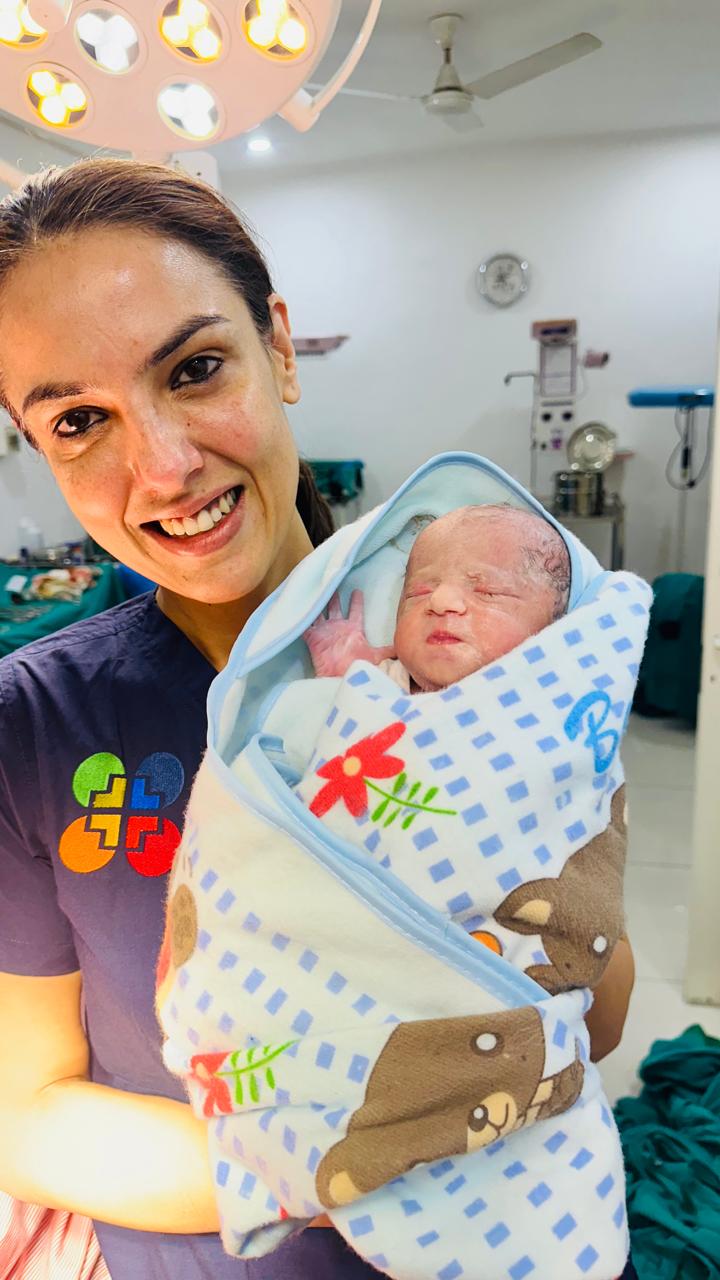With aging degenerative tissues, pain and stiffness in knees, or difficulty in getting up from a chair or going up and down the stairs, you may be experiencing multiple problems in the knee. With thorough checkups and analysis, the orthopedic doctor may suggest knee replacement.
Patients with arthritis are worse affected. Arthritis may lead to inflammation of one or more joints, causing acute pain and immobility. You have to get a knee replacement done to live a pain-free life and improve mobility.
The knee replacement surgery is where the damaged joint is replaced with artificial knees made of metal, plastic, or ceramic, and this is called a prosthesis. If the problem persists in both knees, the orthopedist recommends surgery on both knees. This is called bilateral knee surgery.
What is bilateral knee replacement?
With arthritis, both knees of the patient may need replacement, and this process is called bilateral knee replacement. Usually, patients who are above 60 are recommended for knee replacement. There are two types of bilateral knee replacement surgeries:
- Staged Knee Replacement
When both the knees are replaced one after the other in a span of three to five months, it is called staged knee replacement. This lets one knee recover fully before undergoing the surgery of the other knee.
2. Simultaneous Bilateral Knee Replacement
As the name suggests, the patient undergoes surgery on both knees at the same time. This allows the patient to get both knees replaced at the same time, and as a result, less downtime is involved.
What is the recovery time after bilateral knee replacement?
The hospital stay is usually 3-5 days after staged knee replacement surgery and around 4-5 days after simultaneous knee replacement. The doctor will administer medications during the hospital stay and guide on the exercises and medicines to be followed after discharge.
A close watch must be kept for signs of infection, blood clots, and other complications. The physiotherapy programs must be continued for 6-12 weeks, and these focus on knee-strengthening exercises. The recovery time and ‘back to routine’ vary from person to person depending on factors like age and weight.
What are the benefits of bilateral knee replacement?
Bilateral knee replacement is the consecutive surgery on both knees. This offers the following advantages:
- Shorter Hospital Stay
Rather than staying twice in a hospital, simultaneous knee replacement is always better with a stay at the hospital only once.
- Shorter Leave from Work
Simultaneous knee replacement is better as you will have to take leave only once from the office and can resume work sooner than with two consecutive surgeries.
- Physical Therapy at Once
Two separate physical therapy treatments mean double the time and effort in the recovery of two knees. Simultaneous knee replacement calls for physiotherapy twice or thrice a week for nearly 8 weeks, and both knees will be treated simultaneously.
- Better Costs
Simultaneous or bilateral knee replacement costs are less than two different surgical operations.
What are the Risks of Bilateral Knee Replacement?
Though the advantages of bilateral knee replacement are many, the following are a few risks that have to be considered:
- Long Anesthesia Risks
There may be complications due to prolonged anesthesia. The doctor has to examine the general health of the patient before undergoing bilateral surgery.
- More Blood Loss
During the surgery, there may be a chance of blood transfusion because of bilateral knee surgery compared to single knee surgery.
- Multiple Complications
The chances of multiple complications like wound infections, pulmonary embolism, etc., are higher in the case of bilateral knee replacement.
Final Thoughts
Dr. Tanveer Bhutani has an unparalleled diagnosis of knee injuries and pain. For a genuine suggestion, contact the best orthopedic surgeon of Punjab at EVA Hospital and enjoy a pain-free knee. Add years of happiness to your life as you improve your mobility.

















